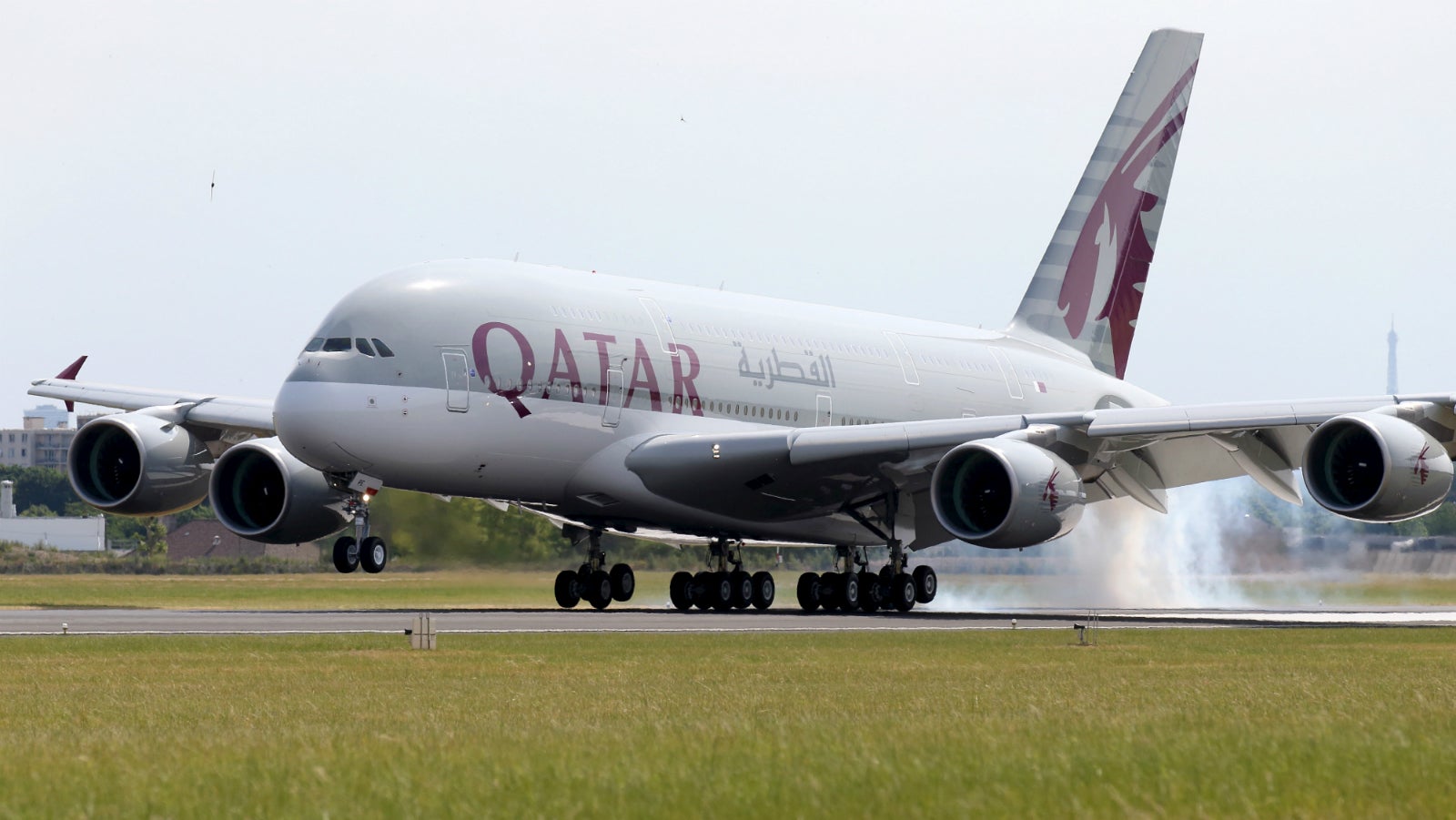As the skies above India rain money, Qatar Airways lines up a domestic airline
Qatar Airways is taxiing for takeoff in India.


Qatar Airways is taxiing for takeoff in India.
Just three months after Qatari prime minister Sheikh Abdullah bin Nasser bin Khalifa Al Thani held talks in New Delhi, the state-owned carrier of the oil-rich middle eastern nation has announced plans to enter India’s aviation market.
“Yes, we will have a 100% owned domestic carrier in India that will belong to both the QR (Qatar Airways) and our state investment arm, as India has now allowed foreign direct investment in domestic carriers within India,” Qatar Airways CEO Akbar Al Baker said at ITB Berlin, a tourism trade fair, on March 08. “We will soon be making an application to that effect, and from there we will proceed.”
Last June, the Narendra Modi government allowed foreign investors, except foreign airlines, to hold a 100% stake in domestic carriers. Foreign airlines cannot invest over 49% of their paid-up capital in Indian carriers. This means the Qatar Investment Authority, the state-run wealth fund, can potentially own the Indian venture.
If the application comes through, Qatar will become the third global airline to set up shop in India in recent years, following Air Asia’s entry in 2014 and Singapore Airlines’ in 2015. Both carriers entered India through joint ventures with the Tata group. Etihad Airways, a regional rival of Qatar, has held a 24% stake in Jet Airways since 2013.
Qatar’s proposed short-haul airline in India will operate on the back of 100 narrow-body planes, Bloomberg reported, which would make it one of the largest fleets in the subcontinent. Jet Airways has a fleet size of 112 aircraft, state-owned Air India 118, and IndiGo 129.
Qatar’s entry into India’s $16-billion aviation market comes at a time when the country’s domestic airlines are finally seeing some recovery after years of gloom. Between 2011 and 2015, barring IndiGo and GoAir, none of India’s seven airlines made any profits. In fact, two airlines—Kingfisher and Paramount—went bust during that time, even as another domestic carrier, SpiceJet, was on the verge of closing down.
However, helped by plummeting crude oil prices, which accounts for about 50% of the operational cost of airlines in India, carriers have rallied through 2015 and 2016. In the 2016 financial year, all three of India’s publicly-listed airlines—Jet Airways, IndiGo, and SpiceJet—recorded substantial profits, while another private airline, GoAir, raked in Rs166 crore in profits. Even state-owned carrier Air India recorded operational profits for the first time in nine years.
India is poised to become the world’s third largest aviation market by 2020. Domestic air travel is expected to grow by 9.5% annually between 2011 and 2031, according to aircraft-maker Airbus. Currently, only about 2% of India’s population uses airlines, providing a massive opportunity to expand the market.
India is also expected to order more than 1,600 aircraft over the next 20 years, according to Boeing and Airbus, the world’s two largest aircraft makers. In January, SpiceJet, India’s fourth largest airline by market share, ordered as many as 205 new aircrafts from Boeing for $22 billion. Meanwhile, India’s largest airline, IndiGo, too, has finalised orders for 250 carriers with Airbus.
The Modi government has provided support to the civil aviation sector. Last year, for instance, the government approved a new civil aviation policy to make domestic air travel more affordable. The new regulations also tweaked a controversial rule that required an airline company to have five years of domestic operational experience before flying international. And last week, the government approved a policy to invest Rs4,500 crore to revive some 50 of the country unserved and underserved airports.